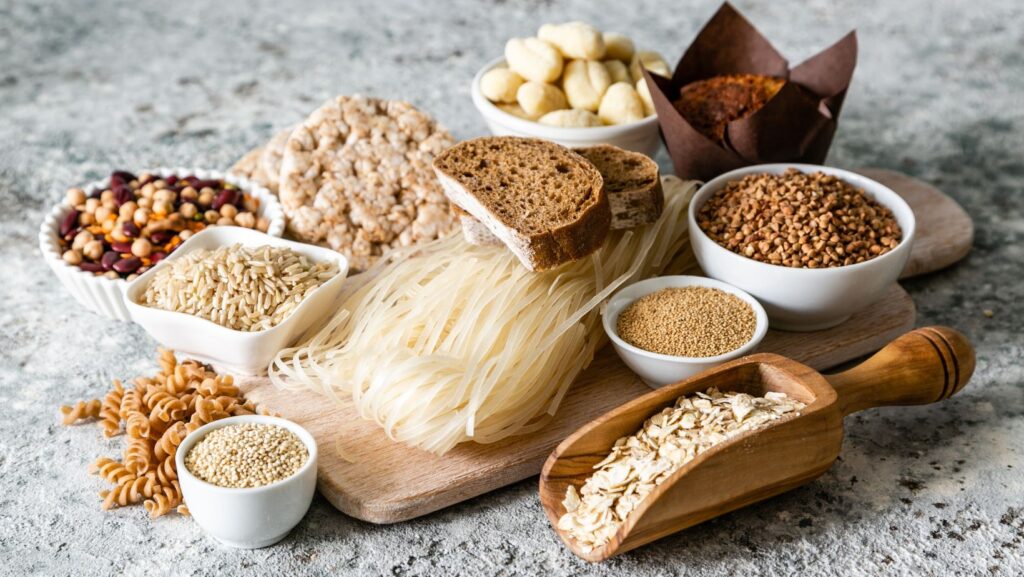Adopting a gluten-free lifestyle can be a transformative experience, whether it’s due to celiac disease, gluten intolerance, or a personal choice for better health. However, transitioning to a diet free of wheat, barley, and rye comes with its fair share of challenges. Many individuals face difficulties navigating grocery store aisles, dining out, and resisting cravings for favorite comfort foods. Despite the initial hurdles, it is entirely possible to thrive on a gluten-free diet with the right knowledge, mindset, and resources.
Table of Contents
ToggleUnderstanding the Challenges of a Gluten-Free Lifestyle
One of the biggest challenges of going gluten-free is recognizing all the hidden sources of gluten. It’s not just about avoiding bread and pasta—gluten can be found in sauces, dressings, seasonings, and even some medications. The risk of cross-contamination is also a major concern, especially when eating in restaurants or at social gatherings. This can make everyday meal planning overwhelming and leave individuals feeling restricted in their food choices.
Additionally, social situations can become tricky. Many people who adopt a gluten-free diet struggle with explaining their dietary needs to family and friends. Invitations to parties, holiday gatherings, or eating at a new restaurant can cause anxiety, as not everyone understands the seriousness of gluten intolerance. However, with a little preparation and communication, it’s possible to enjoy meals without stress.
Finding Delicious and Safe Gluten-Free Alternatives
Fortunately, as awareness of gluten sensitivities has grown, so has the availability of delicious gluten-free products. Brands like Great Without Gluten and other specialized food companies are making it easier than ever to enjoy tasty alternatives to traditional wheat-based products. From gluten-free breads and pastas to flour blends designed for baking, there are now more options available for those on a gluten-free diet than ever before.

However, it’s important to read labels carefully. Some products may be marketed as gluten-free but still contain trace amounts of gluten due to cross-contamination during manufacturing. Choosing certified gluten-free brands and preparing meals at home whenever possible can help ensure that you’re sticking to your dietary needs while still enjoying a varied and satisfying diet.
Overcoming Cravings and Nutritional Deficiencies
One of the biggest hurdles of a gluten-free diet is dealing with cravings for gluten-containing comfort foods. It’s common to miss the texture of chewy bread, crispy pizza crust, or a warm, flaky croissant. Fortunately, there are many ways to recreate these favorites using gluten-free ingredients. Experimenting with almond flour, coconut flour, or gluten-free oats can lead to delicious results that satisfy cravings without compromising health.
Additionally, removing gluten from the diet may lead to certain nutrient deficiencies if not properly managed. Whole wheat products are often fortified with essential vitamins and minerals, so those following a gluten-free diet need to ensure they are getting enough fiber, iron, and B vitamins from other sources. Incorporating nutrient-dense foods such as leafy greens, nuts, seeds, and gluten-free whole grains like quinoa and brown rice can help maintain a balanced diet.
Dining Out with Confidence
Eating at restaurants while following a gluten-free lifestyle can be intimidating, but with some preparation, it is entirely possible to enjoy dining out without worry. Calling ahead to ask about gluten-free options or checking online menus can help determine if a restaurant can accommodate dietary restrictions. Many establishments now offer gluten-free menus or can modify dishes to be gluten-free upon request.

Being proactive and communicating your needs clearly to restaurant staff is crucial. It’s also helpful to ask about kitchen practices, such as whether separate utensils and cooking surfaces are used for gluten-free dishes to avoid cross-contamination. Over time, navigating restaurant menus becomes second nature, and dining out can once again be an enjoyable experience.
Embracing a Gluten-Free Lifestyle with Confidence
The transition to a gluten-free diet can feel overwhelming at first, but with time and practice, it becomes much easier to manage. Focusing on all the delicious and naturally gluten-free foods available, such as fresh fruits, vegetables, lean proteins, and whole grains like rice and quinoa, can help shift the mindset from restriction to abundance.
Support groups and online communities can also be invaluable resources for those new to gluten-free living. Sharing experiences, discovering new recipes, and learning from others who have successfully adapted to this lifestyle can provide motivation and reassurance.
Ultimately, living gluten-free doesn’t have to mean sacrificing flavor, variety, or enjoyment of food. With the right approach and an open mind, it is possible to not only manage but thrive on a gluten-free diet. The key is to stay informed, be prepared, and embrace the journey with confidence.











